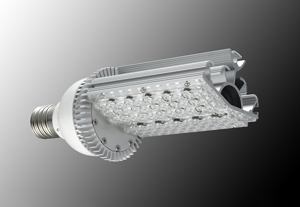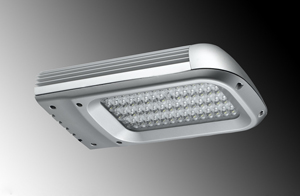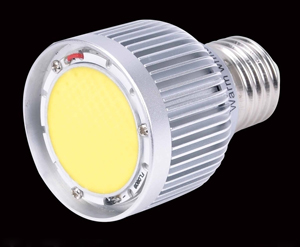Guangdong's LED Lighting Hub to More Than Double Revenue by 2015
Bright future for LED lighting lit
2010/04/02 | By CENS
Guangdong Province is recognized as China's LED-lighting hub, with most of the manufacturing taking place in Shenzhen City, followed by Dongguan, Zhongshan, Foshan, Jiangmen and Huizhou.
Over 2,600 LED-lighting manufacturers are spread across Guangdong, generating revenue totaling 31 billion Chinese yuan (US$4.5 billion) in 2008, with such total to rise to a projected 80 billion yuan (US$11.9 billion) by 2015.

The LED-lighting sector in the province began with chip packaging, but now has diversified to include upstream sectors, including substrate, epi-wafer and chip- making and downstream ones as applications. However LED packaging remains the major moneymaker, generating some 70% of China's LED-lighting revenue.

Integrated Maker
Neo-Neon Holding Co. is one of China's best examples of integrated LED-lighting manufacture, outfitted to engage in epi-wafer manufacturing and chip-making to packaging and lighting fixture manufacturing. This supplier also boasts a very high self-content rate, with its 27 factories turning out over 95% of parts for the company's LED lights.
Besides enjoying the title as the world's biggest manufacturer of decorative lights using incandescent bulbs with a market share of over 50%, Neo-Neon has been going green, shifting product emphasis to lights using LEDs, as well as promising to supply quality LED lights at popular prices.
China's emerging eco-consciousness means greener pastures for Neo-Neon: the company has won orders for over 100,000 LED streetlights, for which a tenth has been delivered. More good news is ahead as Beijing aims to realize a bold LED-streetlight project, planning to install 10,000 LED streetlights in each of 21 first-tier cities China-wide.

In line with other official stimulus programs geared to prop up economic growth, this LED-streetlight project is expected to push ahead China's LED sector by creating demand in what is reportedly the world's biggest LED lighting market. Forecasts by the market consultant Topology Research Institute of Taiwan are also affected by this massive LED-streetlight project, in that China's LED streetlight segment will surge annually at 79%, generating a demand for 2.5 million units in 2010 or exceeding 50% of global share this year.
LED Wave
The global LED lighting market is also being pushed to brighter future elsewhere. Taiwan publicized to replace the 1.28 million mercury streetlights across the island with LED types in three years, while Los Angeles said it will install 140,000 LED streetlights across the sprawling city in five years.
Despite some impressive features as lifespan exceeding 10 years and 80% better energy-efficiency relative to incandescent bulbs, LED lights are still costlier than compact fluorescent bulbs, likely the most popular option to save electricity currently. But if “Moore's Law” advocated by the LED industry holds, that LED light output doubles with halving of prices every 18 to 24 months, then the popularity of such lights will rise with greater certainty. Continuing to drop according to the Law, prices of household LED lights will become relatively affordable by 2012 to further trigger consumption.




